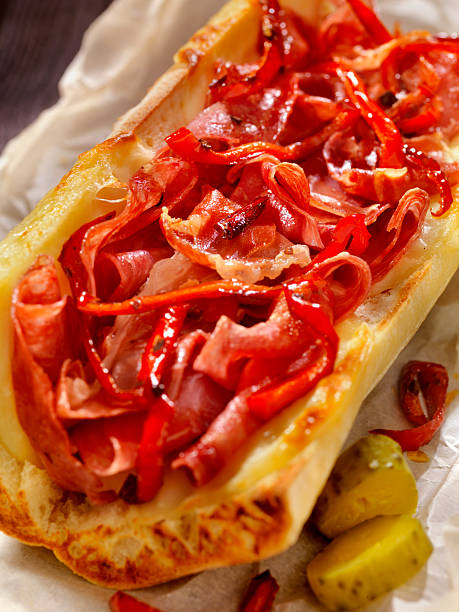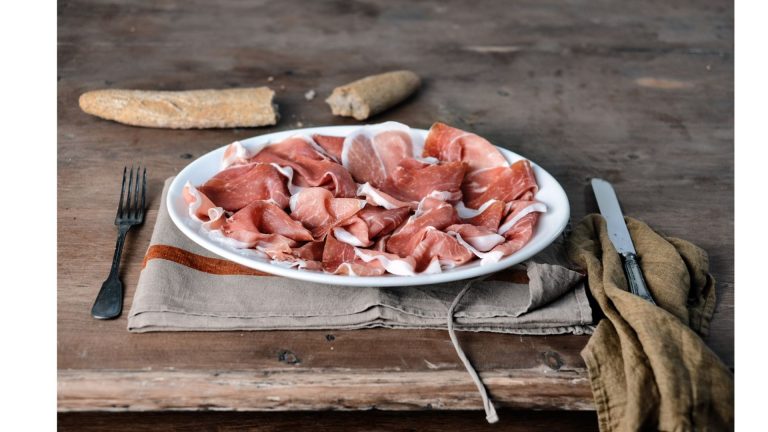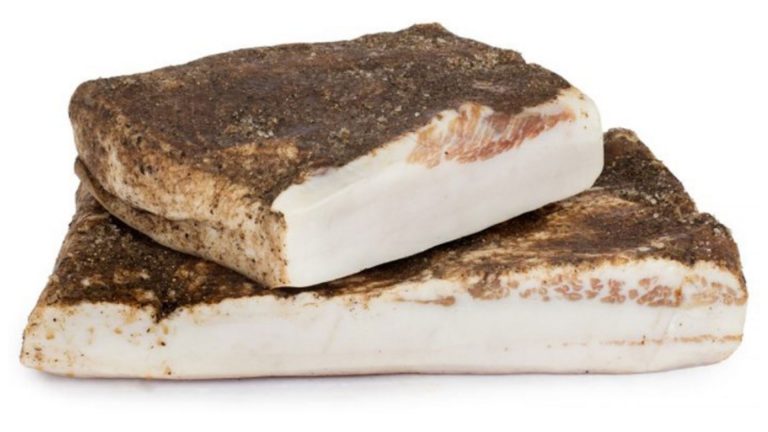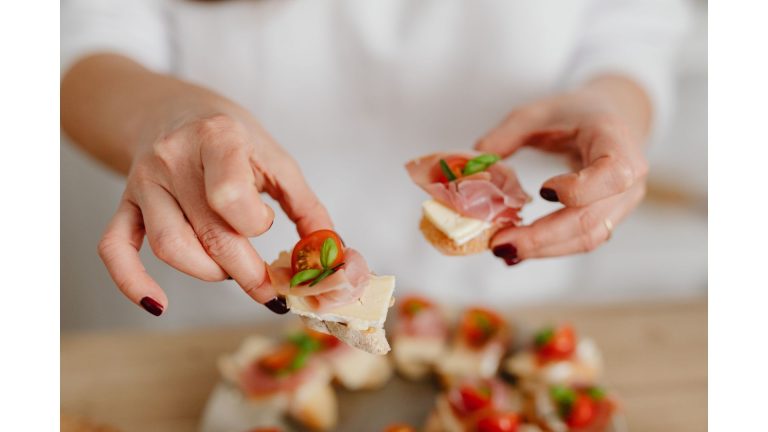Can You Freeze Capicola?
Capicola can be cooked in the oven or simply with salt and dried over some time. When it’s dried, it’s called coppa.
Capicola can be eaten as a salad or with other Italian cold cuts. It can be used in a sandwich like the New Orleans muffuletta.
It can be used to make a sandwich with spicy provolone and Sicilian vegetables. It is possible to place thin slices on a pizza before baking it.
But when it comes to storing one question arises whether you can freeze capicola or not.
Yes. According to the USDA, capicola is safe to freeze, so long as you properly defrost it first.
After defrosting, the capicola can be used just like any other type of beef.
Table of Contents
Origin of Capicola
The name Capicola is also known as capocollo and cappacuolo. The pork shoulder is traditionally made into cold meats in the winter.
During this time of year, pigs are historically killed and cured for the whole year. The temperature of this time of the year favors the preservation of the meat.
The ham can be cut in the neck from which it takes its name or the shoulder depending on the region.
Typically it is prepared with a piece that is less than 70% lean. It requires two months of preparation to reach maturity, unlike capicola, which is baked with salt and drying.
It’s impossible to make this kind of preparation if you don’t have a cool room and a ventilated room.

How Can I Prepara Capicola?
Unlike most meats that require special equipment and a place that is suitable for the right temperature and humidity, capicola can simply be prepared at home.
That is how it can be seasoned to taste. Good preservation for at least three weeks can be achieved through curing salt.
The capicola meat has to be boned and placed in brine.
The good preservation of the preparation is ensured by the brine’s effect of penetrating the seasoning into the meat fibers and guaranteeing perfect salting.
After ten days in brine, the meat can be dried and then seasoned. The cut of meat is tied tightly to create a harmonious shape and to ensure uniform cooking.
In the case of capicola, it is cooked in the oven for about two hours and then put to rest before it can be sliced.
The herbs and spices that are typically used include pepper, anise, fennel, coriander, and chili pepper, all of which give this an exceptional taste.
Ingredients Needed
- 3 lb pork coppa
- 3 tbsp salt
- 2 tbsp caster sugar
- 1 tbsp red pepper flakes
- 1 tbsp Prague powder
Ingredients for Seasoning
- 1 tbsp coriander seeds
- 1 tbsp fennel seeds
- 1½ tbsp black peppercorns
- ¾ tbsp anise seeds
- ½ tbsp red pepper flakes
Steps to Follow
- If you want to grind the fine salt, sugar, ground red pepper flakes, and Prague salt, you can use a coffee grinder or a mortar and pestle.
- The ground mixture needs to be evenly distributed for the salt to be distributed.
- If you want to spread the meat out over the entire surface, place the pork in a large bowl or on a work surface and rub all the meat with this seasoning blend.
- Wrap pork tightly in plastic and keep it out of the cold for 5 days.
- After 5 days, keep it in the refrigerator for another five days.
- If you unpack the meat after 10 days, it will be softer to the touch.
- Prepare the seasoning by rinsing it thoroughly with cold water and then set aside the spices.

Seasoning
- Use a coffee grinder or a mortar and pestle to grind the fennel seeds, Coriander seeds, anise seeds, red pepper flakes, and black pepper.
- The coppa should be lightly touched with paper towels.
- You can spread the rub on a plate or work surface and roll the coppa in it to coat all sides.
- The meat can be coated with all of the spice mixtures.
- A piece of elastic meat should be cut a few inches longer than the capicola.
- The elastic net should be stretched to pass the coppa through it. The temperature of the oven should be 250F (120 C).
- Place a container of water on the middle rack of the oven to create humidity while the capicola is cooking and to keep it moist.
- The capicola can be placed on the upper level of the oven by placing it on a roasting pan with a rack.
- For an hour, cook the capicola, then turn it over and cook for an additional 2 hours, or until the internal temperature reaches 150F (63 C).
- The meat will be dry if it is not overcooked.
- After removing the coppa, place it in a dish and keep it out of sight for 5 hours.
- You can taste the capicola by cutting it into thin slices.
Can You Freeze Capicola?
Sure! You can freeze Capicola whole or cut into pieces and use it later in sandwiches, as well as for salads, wraps, pasta dishes, soups, and more.
Freezing Capicola is quick and easy, and the meat is great reheated. To freeze Capicola, place whole pieces in freezer bags and freeze for one to two months.
When you’re ready to use it, thaw the Capicola overnight in the refrigerator. After thawing, rinse and pat dry.
Place on a lightly oiled baking sheet and bake in a 350°F (175°C) oven for 25 to 30 minutes or until heated through.

Foodie and a passionate cook, I am here to share all of what I know about cooking, kitchen, and food prepping.
Follow me for delicious and healthy recipes.




